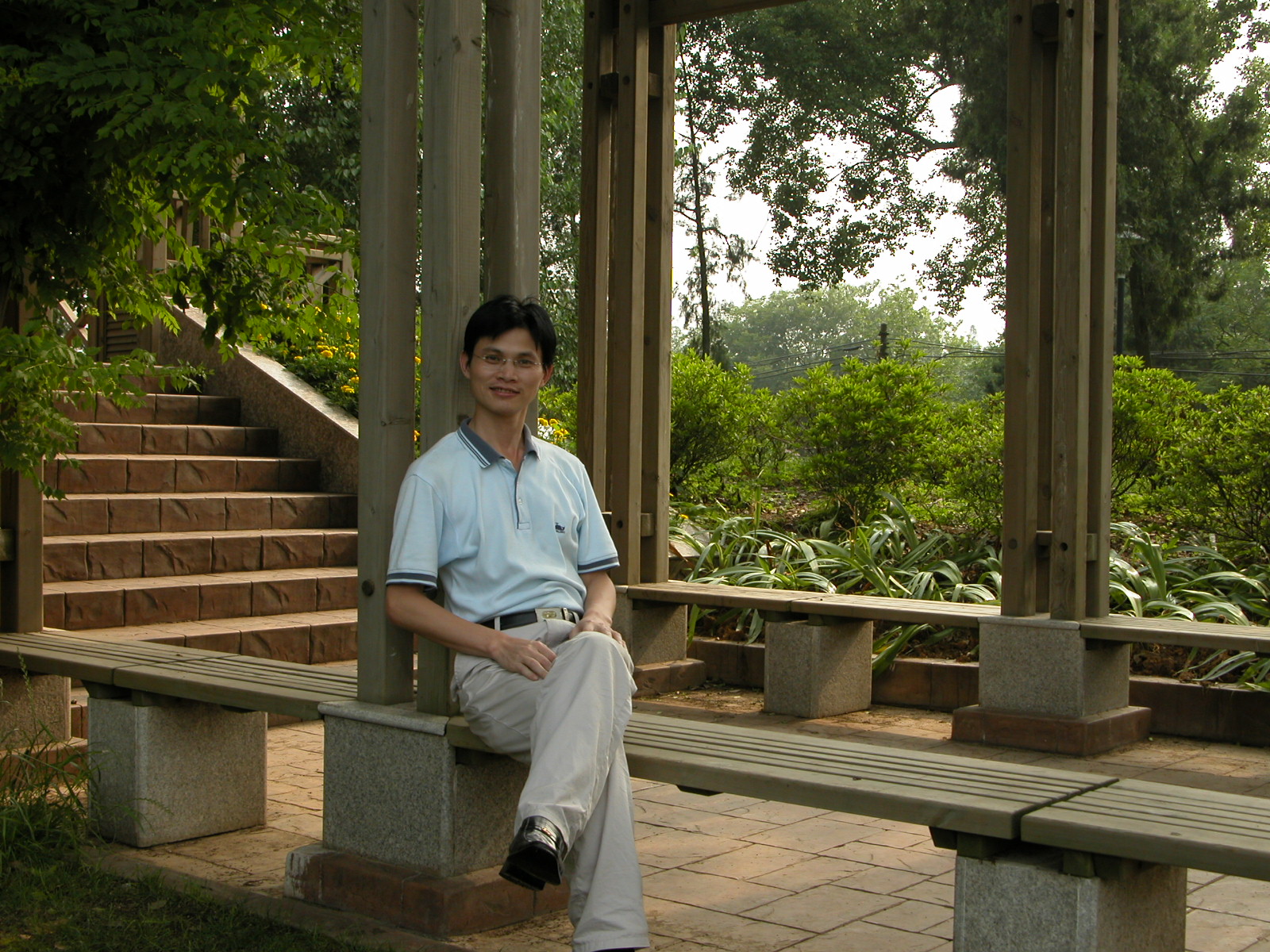
Dr. Kang received his B.S. from
Limestone karsts are typically natural terrestrial islands in exhibiting spatial isolation on restricted land masses. Karst habitat islands in
My core research seeks to understand the biodiversity and diversification mechanisms of karst-habitat specialized plants. My recent work focuses on the adaptive evolution and speciation of the Primulina, a genus of the African violet family Gesneriaceae. My research involves field work, molecular biology, and common garden experiments. I use approaches of phylogeny, population genetics, quantitative genetics and genomics to understand the evolutionary processes that were involved in generating the species richness and endemism of Primulina species.
Primulina is simultaneously valued for a variety of horticultural and medicinal features. Many species have been introduced for domestication and breeding as ornamental plants. I also have a particular interest in genetic resource collection, conservation and plant breeding of Primulina.